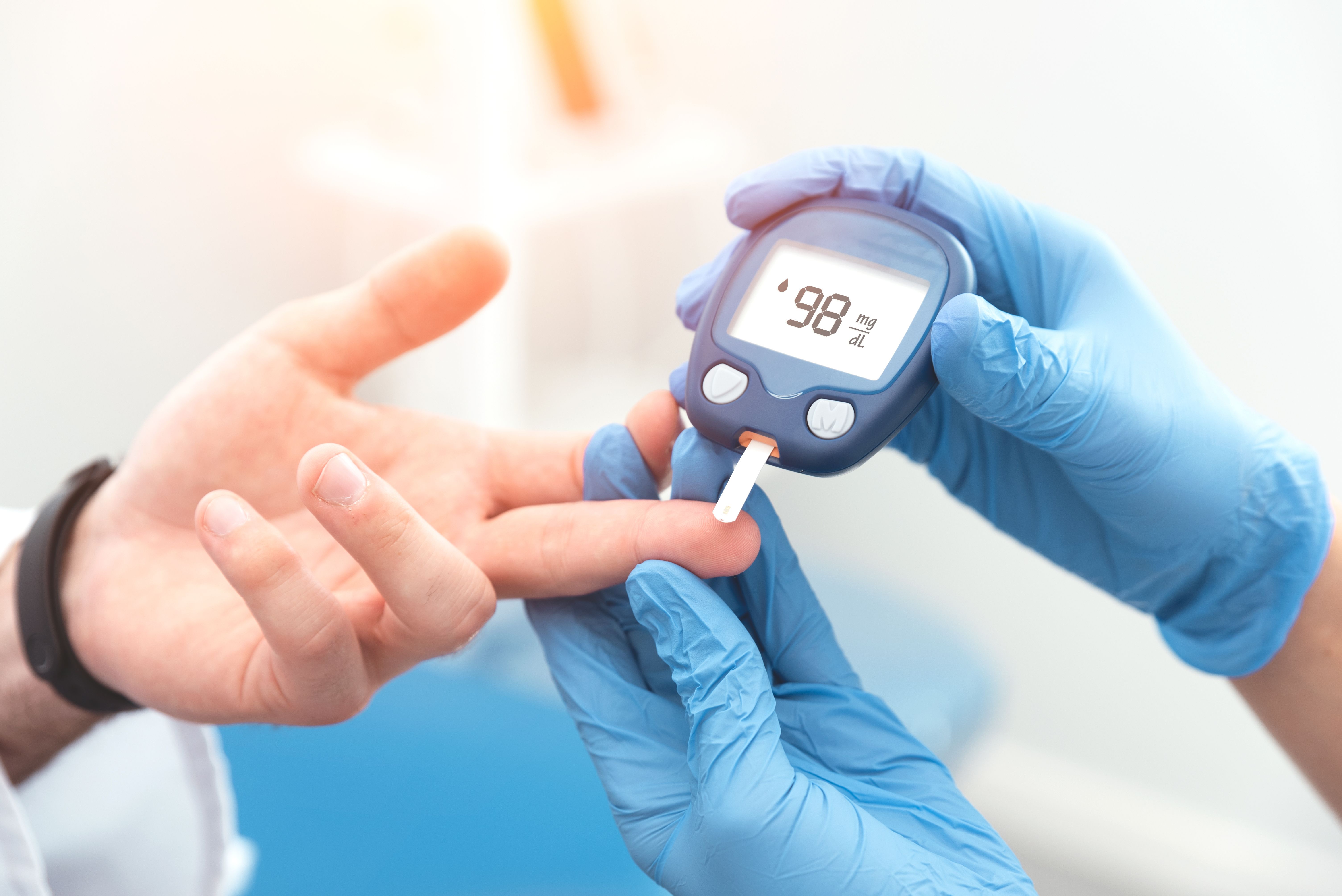Key Takeaways:
1. Add-on Diabetes Treatments: The study evaluated the safety and efficacy of 4 different treatments for diabetes when added to metformin monotherapy: sulfonylurea, glucagon-like peptide-1 receptor agonist (GLP1RA), sodium-glucose cotransporter-2 inhibitor (SGLT2I), and dipeptidyl peptidase-4 inhibitor (DPP4I).
2. Reduced Cardiovascular and Renal Complications: Patients receiving a GLP1RA, SGLT2I, or DPP4I had fewer diabetes-related cardiovascular and renal complications compared to those treated with sulfonylurea. The 3 treatments were also associated with a lower risk of all-cause cardiovascular disease, myocardial infarction, stroke, kidney failure, and chronic kidney disease compared to sulfonylurea.
3. Adverse Effects: GLP1RA and SGLT2I had presented lower hazards for certain adverse effects (AEs) such as nausea, vomiting, and bone fracture compared to sulfonylurea and DPP4I; however, the AEs varied depending on treatment.
Metformin is a glucose-lowering drug that is often used for treating diabetes due to its overall tolerability, efficacy, and low cost. Although there is heterogeneity across recommendations, the clinical guidelines recommend targeting glycated hemoglobin A1c (HbA1c) at less than 7% for most adults.
Further treatment with an additional agent is often needed to effectively maintain glycemic levels in the recommended range. A retrospective study published in JAMA Network Open evaluated the safety and efficacy of 4 different treatments for diabetes when added to metformin monotherapy as well as the potential adverse effects (AEs).
The multicenter, new user, retrospective cohort study with leave-1-medical-center-out (LOMCO) sensitivity analysis examined patients with diabetes receiving metformin who were additionally prescribed 1 of 4 treatments: sulfonylurea, dipeptidyl peptidase-4 inhibitor (DPP4I), sodium-glucose cotransporter-2 inhibitor (SGLT2I), or glucagon-like peptide-1 receptor agonist (GLP1RA). During the trial’s duration, investigators performed meta-analyses of evidence followed by a LOMCO influence analysis to assess the replicability and strength.
A total of 31,852 patients aged 18 years and older who were new users of diabetes treatments taking metformin monotherapy were assigned to receive additional treatment with a sulfonylurea (14,029 patients), DPP4I (7434 patients), GLP1RA (5472 patients), or SGLT2I (4917 patients). Of these patients, 16,635 (52.2%) were male. At the time of treatment initiation, the mean HbA1c varied from 7.4% (GLP1RA) to 8.3% (sulfonylurea).
The study results indicated that metformin monotherapy treatment with GLP1RA, SGLT2I, or DPP4I was effective compared with sulfonylurea in maintaining glycemic control. GLP1RA was shown to be more effective than DPP4I. These add-on treatments were associated with fewer diabetes-related cardiovascular and renal complications compared with a sulfonylurea and were safe, avoiding hypoglycemia.
Patients who received a DPP4I (summary hazard ratio [sHR], 0.79 [95% CI, 0.75-0.84]; I2 = 0%), GLP1RA (sHR, 0.62 [95% CI, 0.57-0.68]; I2 = 23.6%), or SGLT2I (sHR, 0.75 [95% CI, 0.69-0.83]; I2 = 37.5%) were significantly less likely to experience suboptimal glycemic control compared to patients who were treated with a sulfonylurea with metformin at the time of the 5-year post-treatment follow-up. Further, compared to sulfonylurea, the summary estimates of DPP4I, GLP1RA, and SGLT2I were more reliable based on the LOMCO influence analysis. Further, there was no significant difference in the efficacy associated with SGLT2I compared with DPP4I (sHR, 0.97 [95% CI, 0.90-1.04]; I2 = 0%), and researchers observed better efficacy of GLP1RA compared with DPP4I (sHR, 0.81 [95% CI, 0.74-0.88]; I2 = 0%).
In addition, patients treated with a DPP4I were less likely to develop all-cause cardiovascular disease (sHR, 0.84 [95% CI, 0.74-0.96]; I2 = 0%)—specifically myocardial infarction (sHR, 0.75 [95% CI, 0.61-0.92]; I2 = 0%)—compared to those treated with a sulfonylurea. Further, patients treated with SGLT2I also had lower risk of cardiovascular disease onset (sHR, 0.78 [95% CI, 0.62-0.98]; I2 = 0%), specifically stroke (hemorrhagic and ischemic combined: sHR, 0.55 [95% CI, 0.35-0.86]; I2 = 0%). Patients treated with GLP1RA or SGLT2I had a lower risk for kidney failure (GLP1RA: sHR, 0.69 [95% CI, 0.56-0.86]; I2 = 9.1%; SGLT2I: sHR, 0.72 [95% CI, 0.59-0.88]; I2 = 0%) and chronic kidney disease (GLP1RA: sHR, 0.75 [95% CI 0.6-0.94]; I2 = 0%; SGLT2I: sHR, 0.77 [95% CI, 0.61-0.97]; I2 = 0%), unlike those treated with sulfonylurea.
The study authors did not find differences in renal outcomes among patients treated with a GLP1RA versus DPP4I and an SGLT2I versus GLP1RA; however, patients treated with an SGLT2I had a lower risk for chronic kidney disease and kidney failure compared to those treated with a DPP4I. Patients treated with an SGLT2I had a lower risk of chronic liver disease after treatment, unlike those treated with a DPP4I, GLP1RA, or sulfonylurea.
Patients treated with DPP4I had a lower hazard for hyperglycemia compared with those treated with a sulfonylurea (sHR, 0.48 [95% CI, 0.36-0.65]; I2 = 22.7%). In addition, GLP1RA or SGLT2I had lower hazards for hypertension compared with those receiving a sulfonylurea (GLP1RA: sHR, 0.82 [95% CI, 0.68-0.97]; I2 = 0%; SGLT2I: sHR, 0.73 [95% CI, 0.58-0.92]; I2 = 38.5%). Compared with GLP1RA, treatment with an SGLT2I had lower hazards for development of AEs, including nausea and vomiting; however, GLP1RA had lower hazards for these AEs when compared to sulfonylurea. SGLT2I showed a lower hazard of bone fracture compared with DPP4I (sHR, 0.64 [95% CI, 0.46-0.88]; I2 = 0%), and no conclusive differences were found for other treatment comparisons.
Study limitations include the lack of diversity in the participant population (eg, race, socioeconomic backgrounds), differences in care between institutions, and the lack of strong tools to manage patient health records. To aid in enforcing beneficial shifts in clinical decision-making, the study authors suggest that in the future, clinical data analytics could be used to generate evidence for both efficacy and safety associated with pharmaceutical interventions.
Reference
Vashisht R, Patel A, Dahm L, et al. Second-Line Pharmaceutical Treatments for Patients with Type 2 Diabetes. JAMA Netw Open. 2023;6(10):e2336613. doi:10.1001/jamanetworkopen.2023.36613







